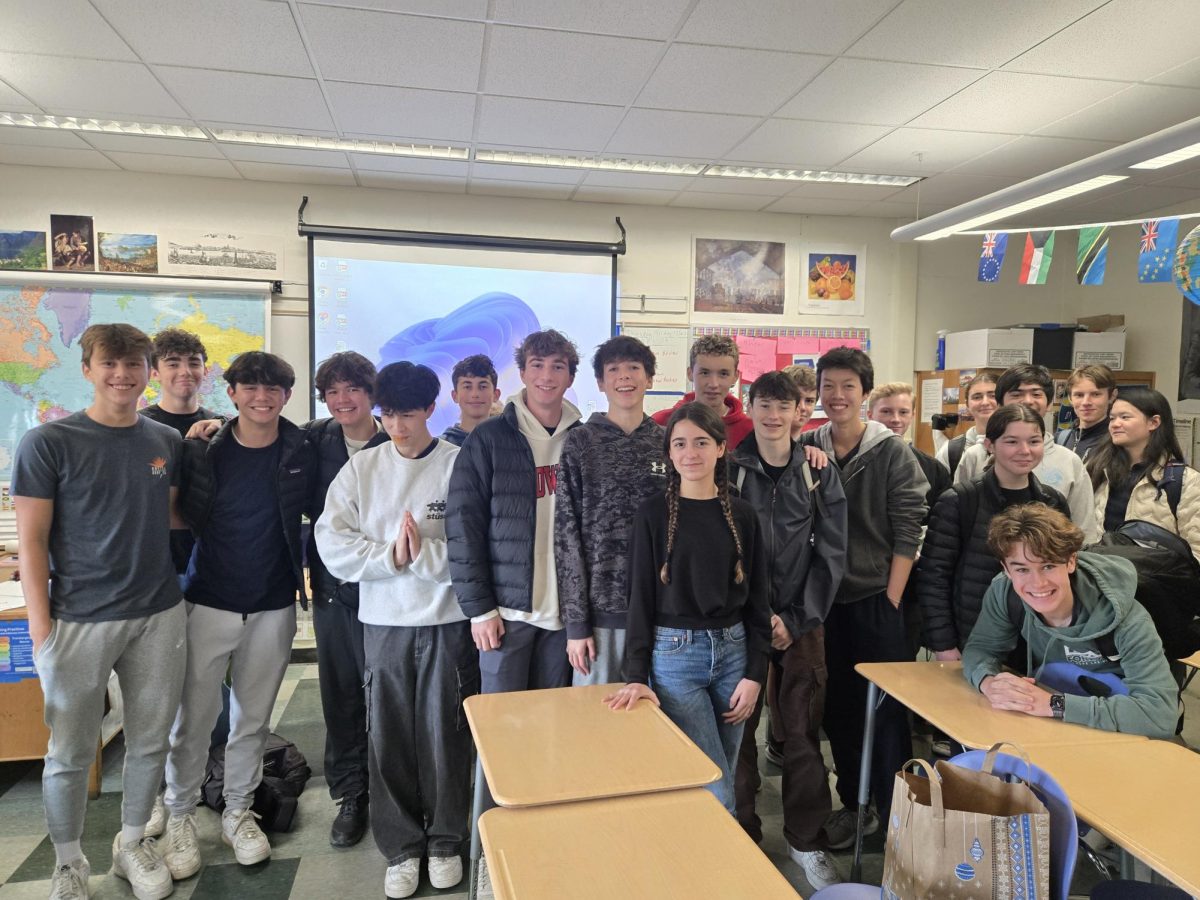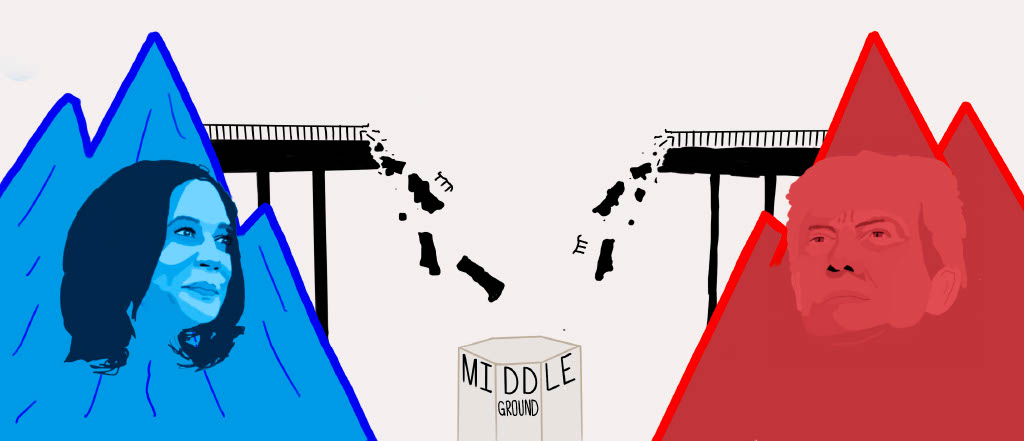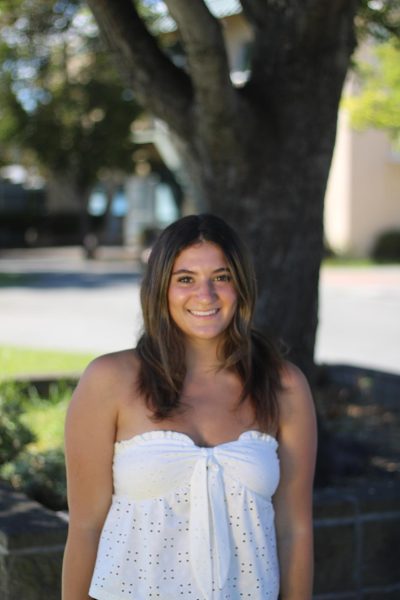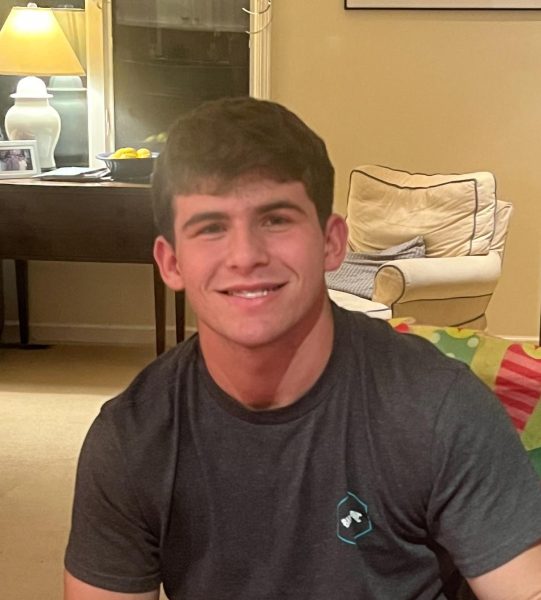With vibrant murals and authentic Mexican food, tourists stream into the Mission District to experience all it has to offer. Lined up and down the busy streets, vivid paintings displaying cultural heritage and activism are presented on hundreds of buildings and fences. The fresh smell of sizzling meats and grilled elote fills the air as people arrive from all around the world to experience and see where San Francisco was founded.
In the late 1700s, Spanish colonists filled the streets of San Francisco, being the first to discover the city. The Mission District’s name comes from Mission San Francisco de Asís, a mission built by the Spanish in 1776, which can still be seen today on Dolores Street. For years, immigrant families and longtime residents have felt at home in the Mission, but due to its proximity to Silicon Valley and the Financial District, gentrification is sweeping through this ethnic enclave.
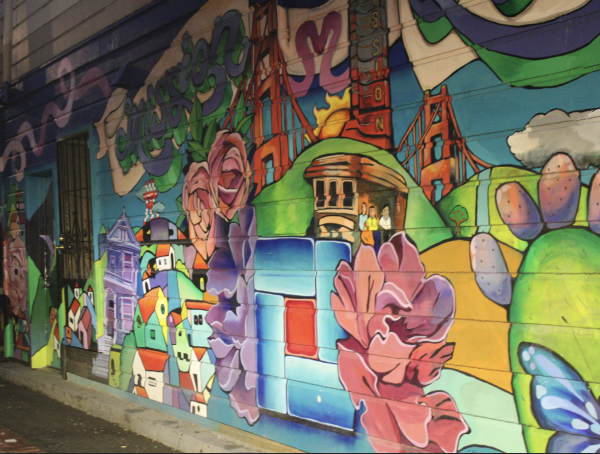
According to the Urban Displacement Project, out of all Bay Area counties and neighborhoods, ongoing and advanced gentrification is most common in the Mission District. A recent United States Census also states that the Latinx population in the Mission has dropped from 51.9 percent in 1990 to 34.7 percent in 2020.
Nine years ago, a video surfaced on YouTube that sparked controversy. In it, local kids were playing soccer in their neighborhood and white “tech bros” claimed they rented out the field. They attempted to kick out the kids who played there for their whole lives. This video helped raise awareness about the city’s expanding economic and cultural shifts. The amount of Latinx residents forced to leave the area is impacting the Mission District in more ways than most longtime residents have ever seen.
Louie Gutierrez has lived in the Mission District his whole life. In 1977, shortly after he was born, his family opened La Reyna Bakery, a traditional Mexican bakery with recipes handed down for over 50 years. Since childhood, Gutierrez has worked at the bakery, getting to know La Reyna’s loyal guests and neighborhood residents who make the Mission District so special. Recently, these regular guests of La Reyna’s have been quickly fading away due to gentrification.“From 2000 to 2018 was what people called ‘the gentrification period.’ The [landlords] of buildings around [the Mission] would evict people to bring in their own family,” Gutierrez said. “Many people I had seen [in the bakery] for years were now gone.”
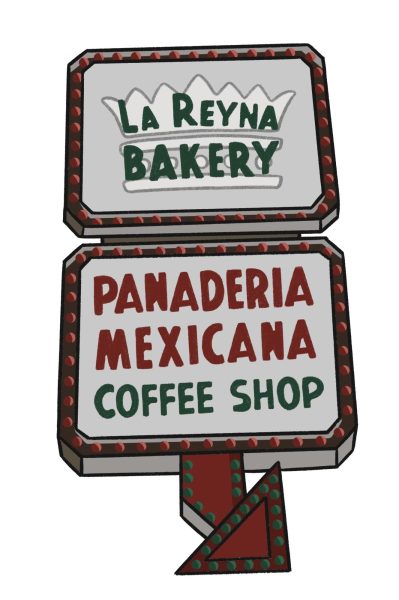
While many people’s lives changed during the gentrification period, Gutierrez notes that his life has stayed relatively the same. For years, he has woken up, worked in the bakery and then spent time with his friends from the neighborhoods in the Mission, people he has known since childhood. However, as years passed, devastating changes occurred and all Gutierrez could do was watch from his bedroom window on 24th Street.
“I grew up here. This is my backyard. My neighbors, my friends and my parents’ friends would drive down the street one day and never return. The whole culture was just stripped away,” Gutierrez said. “[The landlords] kicked out people and gave them apartments in Concord, Pittsburgh and Richmond. Now we have this community of non-Latinx people.”
A characteristic that makes the Mission District so unique is its community and spirit regarding local events. The neighborhood would celebrate exciting occasions such as sports championships, holidays and religious ceremonies in different ways, but since its gentrification, Gutierrez noticed a change in the festivities.
“One of the telling stories was when the Warriors won [the NBA Finals]. [I saw] a local band marching down the street and I was getting ready to join them. But then I realized it’s just a small blob of people,” Gutierrez said. “Back when the 49ers won the Super Bowl [in 1995], people lined the streets. There were banners on everyone’s windows. By the time the Warriors won [in the 2010s], there was no more community like that.”

Gutierrez is not the only small business worker who notices shifts in the neighborhood. Throughout the Mission District, there is a surplus of salons and barber shops. These stores are lively and open late, so anyone can come in and get a quick trim. One of many of these shops is Texture Barber & Beauty, which has been open in the neighborhood for 17 years. Claudia Flores, a longtime Mission District resident who has worked at the salon for 16 years, always greets customers with a smile.
“My favorite part about working in this store is the streets. You always see people [you know] walking around,” Flores said.
Like Gutierrez, Flores has noticed the cultural shifts and realizes a lot has changed since starting at the salon.
“The neighbors are different. I barely recognize anyone anymore. All the Latinx [residents] are gone,” Flores said. “I have lived here for over a decade, got kicked out of my house and am forced to live 45 minutes away now. It’s just too expensive here.”
Stories like Flores’ and Gutierrez’ are just a couple of many instances in which Latinx community members in the Mission District were kicked out due to heightened and unaffordable prices or payouts.
Payouts are when a landlord or owner of a building will pay the residents a distribution of their investments to leave the community. This happens often and is a key contributor to the decreasing Latinx population.
“In the beginning, people were getting $5,000, but it [quickly] went up to $10,000 or $15,000. It was either take the money and move away or withhold the payout and have a legal [dispute] against you,” Gutierrez said.
Even though there has been an increase in new residents in the Mission District, only some gentrifiers are aware of their impacts on the neighborhood. Ivy Woods is an employee at Adobe Books, a small bookstore on 24th Street that has been in the Mission for 35 years. Throughout his two years living in the district, he has understood and embraced the culture change, trying to make a positive impact on his new neighbors.
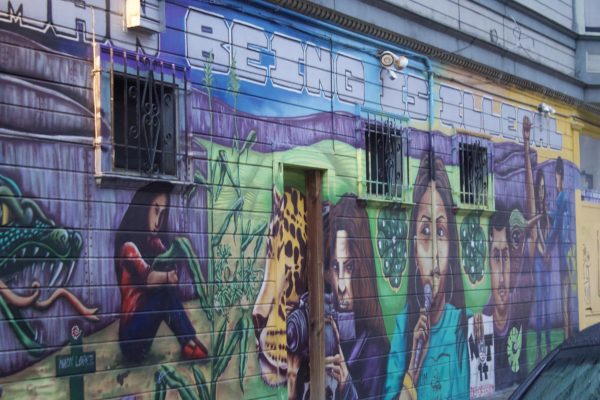
“Figuring out what kinds of human beings there are racially makes it easier to share space,” Woods said. “And that’s something I’m figuring out because I’m from a much different place.”
Woods is originally from Louisiana and was ready for a change when he moved to Northern California. Over the years, he realized that while he is grateful to be in the Mission District, most longtime residents do not appreciate gentrifiers’ presence.
“They do not want that diverse energy coming in,” Woods said. “It’s going to take time, but we are still all learning about gentrification.”
Learning about the changes in the neighborhood and throughout San Francisco, as well as how to combat them, is something that both gentrifiers and people afflicted by gentrification are still figuring out. How can the Mission return to its original cultural state? Although there is no one path to regain the old culture and way of life in the Mission, residents have been making progress.
“After COVID-19, gentrification has been lower. There is still a lot changing, but we are moving in a different direction,” Gutierrez said. “The neighborhood is [finally] returning to more of a working-class; back to the way it was.”


